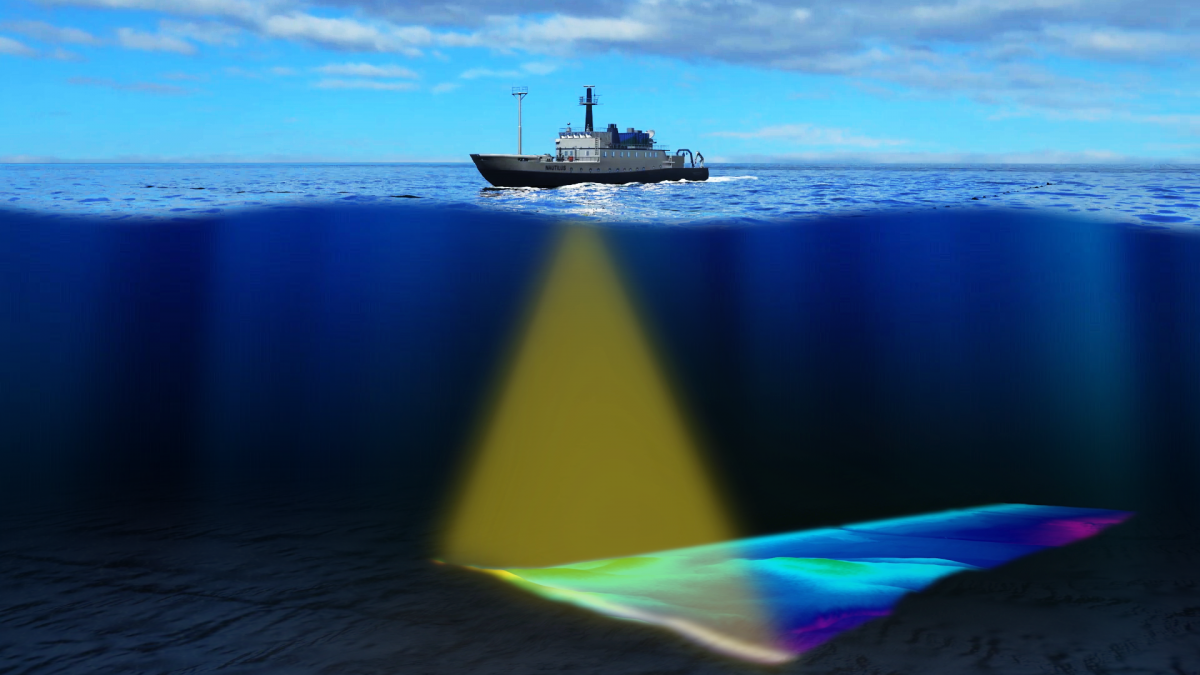ISO 17208-1 Underwater Noise from Ships Measurement Testing
The measurement of underwater noise from ships is a critical aspect in the field of acoustics, vibration, and noise testing. This service adheres to ISO 17208-1, which provides guidelines for measuring noise radiated into water by ships. The standard ensures that ship operators can assess their vessels' acoustic emissions, contributing significantly to environmental protection and compliance with international maritime regulations.
The process begins with the selection of appropriate test conditions that replicate real-world scenarios. These include water depth, ambient noise levels, and vessel speed and heading. Specimen preparation involves ensuring the vessel is in its operational condition as it would be during sea trials or regular service. This includes verifying the ship's hull and propeller integrity, which are key factors influencing radiated noise.
Instrumentation plays a pivotal role in this testing procedure. High-quality hydrophones equipped with frequency response characteristics suitable for the desired measurement range are essential. Calibration of these devices is critical to ensure accurate readings. The setup also includes sound level meters and data acquisition systems capable of capturing wideband noise spectra.
The methodology involves placing the vessel in a controlled environment or at sea, depending on the specific requirements. Once positioned, the hydrophones are deployed into the water at various angles relative to the ship's axis. Data collection begins as soon as the vessel starts its test run. This data includes time-domain and frequency-domain measurements of the noise emitted by the propeller and hull.
An important aspect is the analysis of the collected data. This involves comparing the measured noise levels with those specified in ISO 17208-1 for various ship types and sizes. The standard defines acceptable limits based on vessel characteristics such as length, beam, and speed. Compliance with these standards not only ensures environmental compliance but also enhances safety by reducing noise pollution.
Quality assurance is paramount throughout this process. Rigorous checks are performed at every stage to ensure accuracy and reliability of the results. This includes regular calibration of instruments, validation of test procedures, and review of data analysis methods. The use of internationally recognized standards like ISO 17208-1 adds credibility to the testing outcomes.
For quality managers and compliance officers, this service offers a robust framework for ensuring that ship noise emissions meet regulatory requirements. R&D engineers benefit from detailed insights into vessel acoustics, which can inform design improvements. Procurement teams gain confidence in selecting suppliers who adhere to these stringent standards.
Scope and Methodology
The scope of ISO 17208-1 Underwater Noise from Ships Measurement Testing encompasses the entire process of measuring and analyzing noise radiated into water by ships. The methodology involves several key steps, each critical to obtaining accurate and reliable data.
The first step is setting up the test environment, which includes selecting appropriate conditions such as water depth, ambient noise levels, and vessel speed and heading. This setup ensures that the measurements are representative of real-world scenarios. Specimen preparation then involves ensuring the vessel's operational condition, including verifying hull and propeller integrity.
Instrumentation is crucial for accurate data collection. High-quality hydrophones with frequency response characteristics suitable for the desired measurement range are used. These devices must be calibrated to ensure precise readings. Data acquisition systems capable of capturing wideband noise spectra are also essential.
Data collection begins as soon as the vessel starts its test run. This includes measuring time-domain and frequency-domain noise levels from both the propeller and hull. The collected data is then analyzed, comparing it with standards defined in ISO 17208-1. Compliance with these standards ensures that ship noise emissions meet regulatory requirements.
Rigorous quality assurance measures are implemented throughout this process. Regular calibration of instruments, validation of test procedures, and review of data analysis methods ensure accuracy and reliability. The use of internationally recognized standards like ISO 17208-1 adds credibility to the testing outcomes.
Industry Applications
The measurement of underwater noise from ships is essential in various industries, particularly those involved in maritime operations and environmental protection. This service finds application in:
- Maritime Regulatory Compliance: Ensuring that ship operators comply with international regulations regarding noise emissions.
- Environmental Impact Assessment: Assessing the impact of shipping on marine ecosystems, contributing to sustainable maritime practices.
- Vessel Design and R&D: Providing engineers with insights into vessel acoustics, informing design improvements for quieter ships.
- Safety and Efficiency: Reducing noise pollution, which enhances safety by minimizing interference in underwater communication systems.
The results of this testing can also be used to support marketing efforts, demonstrating a company's commitment to environmental responsibility. This service is particularly valuable for shipyards, marine consultants, and regulatory bodies involved in maritime operations.
Quality and Reliability Assurance
The quality and reliability of ISO 17208-1 Underwater Noise from Ships Measurement Testing are ensured through a robust framework that includes several key components:
Instrument Calibration: All instruments used in this testing, including hydrophones and sound level meters, undergo regular calibration to ensure precise readings. This is critical for obtaining accurate data.
Data Validation: The collected data are validated against internationally recognized standards like ISO 17208-1. Compliance with these standards ensures that the measurements meet regulatory requirements and contribute to environmental protection.
Test Procedure Validation: Regular review of test procedures is conducted to ensure they are up-to-date and accurate. This helps maintain the reliability of the testing process.
Data Analysis Methods Review: The methods used for analyzing the collected data are continuously reviewed to ensure their accuracy and effectiveness. This ensures that the results are reliable and can be trusted by clients and regulatory bodies.
Rigorous Quality Checks: Throughout the testing process, rigorous checks are performed at every stage. These checks include verifying the operational condition of the vessel, ensuring the correct placement of hydrophones, and validating data acquisition systems.
The use of internationally recognized standards like ISO 17208-1 adds credibility to the testing outcomes. This ensures that clients receive accurate, reliable results that can be trusted in regulatory and compliance contexts.





